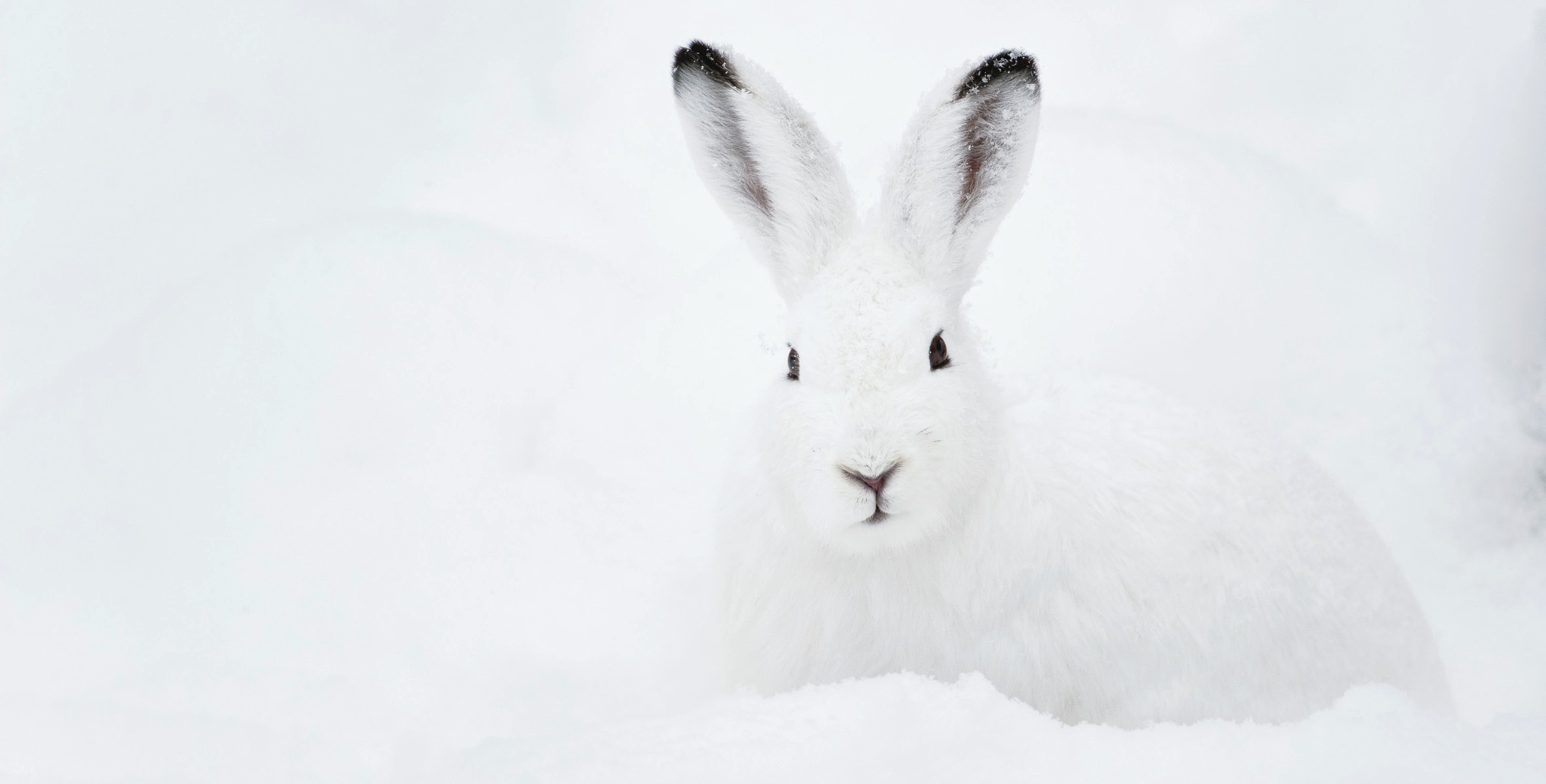
In Britain there are two species of hares: mountain hares and brown hares. We also have their close relative the rabbit. These three herbivores belong to an order of mammals — lagomorphs — that has a wide range in the world, but a low diversity — only about 91 species worldwide. By contrast, their closest relatives, the rodents, have over 2200 species.
Hares and their relatives have sharp, chisel-shaped incisor teeth, and cheek teeth for grinding their food (see Figure 1). Both types of teeth are open-rooted and grow throughout life, as in other herbivores that feed on grass. Grass is a readily available, abundant food, but it is also tough and hard to digest. Hares may not be diverse, but they are often abundant where they occur, so adaptive features such as their teeth and digestive system have made them successful.
Your organisation does not have access to this article.
Sign up today to give your students the edge they need to achieve their best grades with subject expertise
Subscribe




